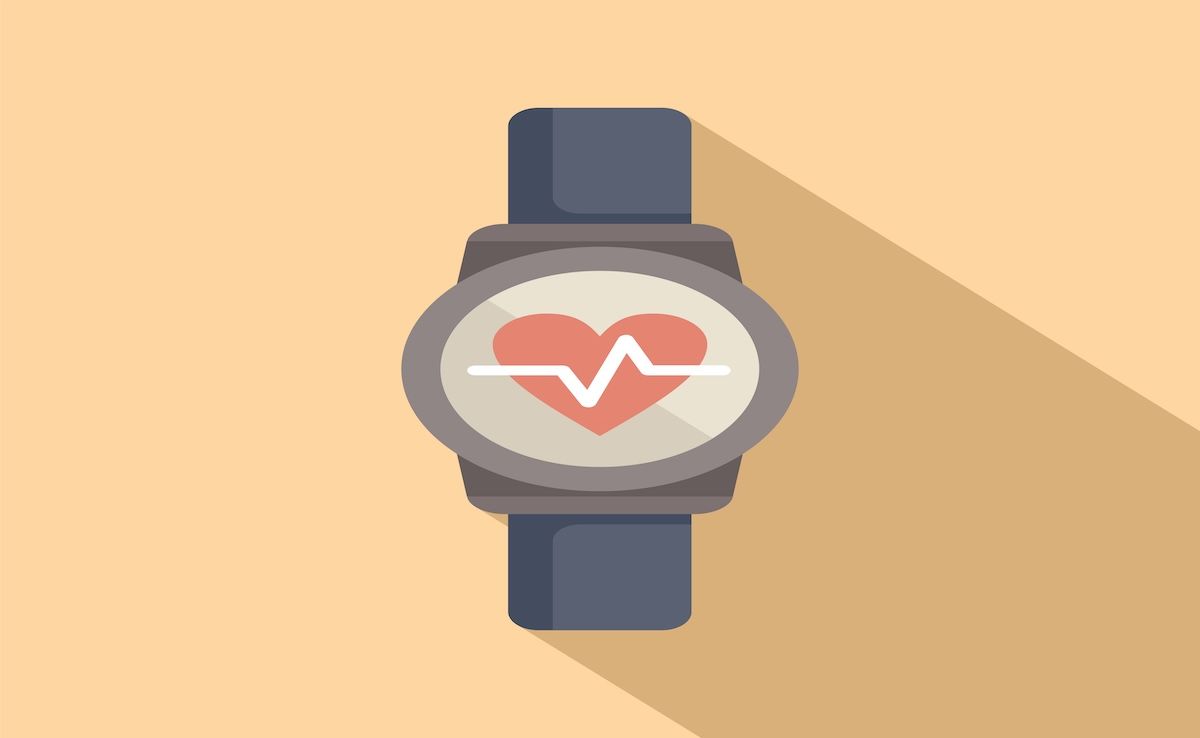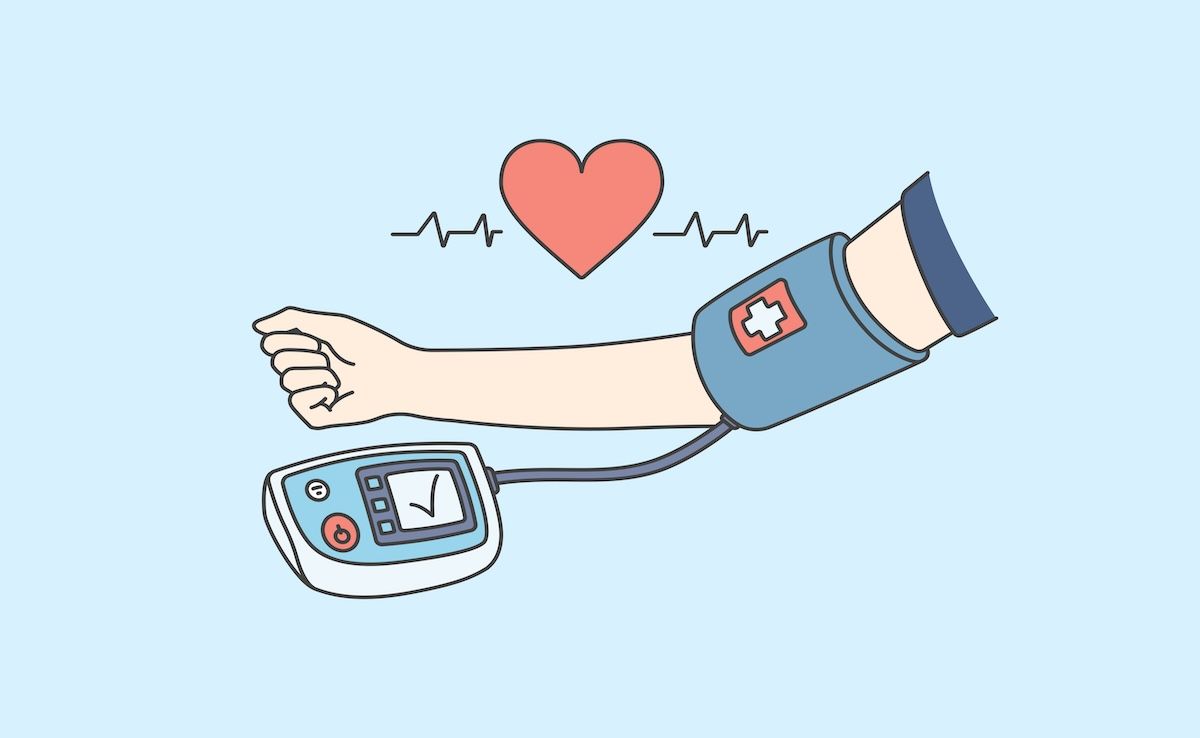News
Article
Wearable Tech Has Potential to Indicate PAH-Related Decline
Author(s):
Key Takeaways
- PAH patients exhibit low physical activity and poor sleep quality, with wearable technology offering objective insights beyond the 6MWD test.
- Positive correlations exist between deep/REM sleep and physical activity, while negative correlations are seen with sedentary behavior.
- Wearable devices can provide prognostic data and indicate therapeutic response, overcoming limitations of traditional assessments.
- Interventions targeting sleep or activity may positively influence other health behaviors, suggesting a need for further research.
For this analysis, outcomes were compared between individuals who had pulmonary arterial hypertension (PAH) and healthy controls by using Fitbit-derived data over 12 weeks and then at a 1-year follow-up.
Pulmonary arterial hypertension (PAH) is likely to lead to low levels of physical activity and poor sleep quality in individuals living with the rare, progressive condition characterized by increasing resistance to blood flow and damage to arteries in the lungs and the right side of the heart.1,2
Findings from an objective, observational longitudinal data assessment conducted after 12 weeks of wearing a Fitbit and then at 1 year of follow-up and 12 more weeks of wear were recently published in Pulmonary Circulation,1 and they bear out the benefits of using wearable technology to gauge patient functional capacity that extends beyond the 6-minute walk distance (6MWD) test. This study was conducted among adult patients living in the US between October 2019 and December 2023, and medical records were reviewed to confirm PAH diagnosis. The 12-week baseline assessment comprised activity and sleep monitoring with a Fitbit device, 6MWD assessment, World Health Organization (WHO) functional class assessment, PAH medications, and quality of life (QOL) evaluation via the Minnesota Living with Health Failure (MLHF) questionnaire.
“Prior studies have largely assessed sleep quality through self‐reported qualitative surveys,” the study authors wrote. “Studies with objective, longitudinal sleep metrics are lacking in PAH.”
Overall Patient Results
Among the 110-patient cohort who participated in the baseline assessment, the median (IQR) age was 52.7 years (40.9-60.5), 84% were female patients, and 60% of PAH cases were idiopathic. Their average daily step count was 5120; sedentary minutes, 823; lightly active minutes, 194; and moderate/vigorous physical activity, 7.8. Most had WHO functional class II (53%) or I (19%) disease.
Baseline sleep results showed 391 minutes in average total sleep time, 62.8% of which was light sleep, 15.1% of which was deep sleep, and 18.0% of which was REM sleep.
For this analysis, outcomes were compared between individuals who had PAH and healthy controls by using Fitbit-derived data over 12 weeks and then at a 1-year follow-up. | Image Credit: © anatolir-stock.adobe.com

Positive correlations were seen between percent of time in deep sleep and REM sleep and average daily steps (r = 0.32; P = .003; and r = 0.28; P = .008, respectively), 6MWD (r = 0.37; P = .002; and r = 0.30; P = .010), and lightly active minutes (r = 0.36; P < .001; and (r = 0.31; P = .004). In contrast, negative correlations were seen between several sleep stages and sedentary minutes: total sleep (r = –0.48; P < .001), deep sleep (r = –0.32; P = .003), and REM sleep (r = –0.24; P = .026).
“Since higher MLHF scores indicate greater impairment,” the study authors wrote, “this shows that steps are lower in patients with worse QOL.”
Negative correlations were also seen between average daily steps and MLHF total score (r = –0.0.36; P = .014), MLHF physical score (r = –.0.40; P = .005), and MLHF emotional score (r = –0.33; P = .024).
PAH Results
There were 44 patients who had a baseline and follow-up assessment. Their median daily steps started at 5200 (range, 3212-7458) but had fallen to 4651 (range, 2912-6827) by the follow-up. At the same time, there was an increase in time in light sleep from 63% to 65% (P = .004) and a decrease in time in REM sleep from 17.3% to 16.0% (P = .001). No significant change was seen in the MLHF score.
PAH medications at baseline averaged 1.48 (1.32), and this number rose slightly to 1.86 (1.27) by the 1-year follow-up.
Also among these patients, the most significant correlations were seen between change in sedentary minutes and change in total sleep minutes (r = −0.47; P = .002) and change in daily steps and change in percent of time in REM sleep (r = −0.33; P = .035).
Regarding sleep, patients with PAH slept less than the control group (385 vs 397 minutes), had an average of 36 fewer minutes of sleep at 1 year (P = .001), and had significantly increased light sleep at 1 year vs controls (P = .004 vs P = .534).
Conclusions
The study authors explain that although functional capacity is a valuable indicator of the functional capacity of patients who have PAH, 6MWD alone to measure this is limited by its range of values and the potential of influences from outside sources during testing. Wearable technology can help to overcome these limitations because these devices provide objective activity level data that has prognostic significance for PAH and can serve as an indication of therapeutic intervention response for PAH.
“This is the first study to describe the interrelated nature of sleep and activity behaviors in PAH,” the authors wrote. “The association between activity, sedentary behavior, and sleep suggests that interventions to improve one health behavior may positively impact the other health behaviors as well.”
Future studies should investigate these data and similar findings by evaluating the impact of interventions to improve sleep and activity level and if monitoring both can help to detect early functional decline in patients who have PAH.
References
1. Hughes AM, Lindsey A, Annis J, et al. Physical activity, sleep, and quality of life in pulmonary arterial hypertension: novel insights from wearable devices. Pulm Circ. 2025;15(2):e70069. doi:10.1002/pul2.70069
2. Mayo Clinic staff. Pulmonary hypertension. Mayo Clinic. April 11, 2025. Accessed April 21, 2025. https://www.mayoclinic.org/diseases-conditions/pulmonary-hypertension/symptoms-causes/syc-20350697
2 Commerce Drive
Suite 100
Cranbury, NJ 08512
© 2025 MJH Life Sciences® and AJMC®.
All rights reserved.





